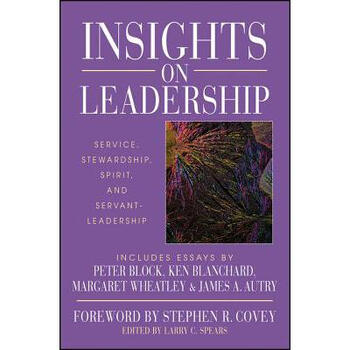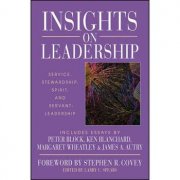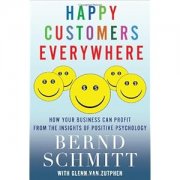
How Does the US Economic Calendar Affect the Stock Market?
"Numbers don’t lie, but timing decides how loud they speak."
Traders, analysts, and even casual investors all share one obsession: the calendar. Not just any calendar—the US economic calendar. Those scheduled data drops from the Bureau of Labor Statistics, the Federal Reserve, and other agencies can move markets in minutes. A single number—whether it’s Non-Farm Payrolls, CPI, or the Fed rate decision—can turn a quiet morning into a wild rally or a sudden sell-off.
If you’ve ever watched the S&P 500 spike at 8:31 AM after a better-than-expected inflation report, or seen Bitcoin dump seconds after hawkish Fed remarks, you already know the power of these dates. For proprietary (prop) traders and multi-asset investors, understanding this rhythm can mean the difference between catching the wave and getting crushed under it.
The Calendar as a Trading Compass
The US economic calendar is more than a list of events—it’s a map of potential volatility. GDP releases tell markets whether the economy is expanding or slowing. Inflation data hints at where interest rates might go. Jobless claims give clues about labor market health.
It’s not about memorizing every event—it’s knowing which ones matter most for your asset class. Forex traders lean hard on interest rate decisions and employment data. Stock traders keep an eye on corporate earnings alongside macro releases. Crypto reacts more erratically to big macro shifts because liquidity is thinner and sentiment swings harder.
High-Impact Data and Market Reactions
Some reports consistently carry heavy market-moving power:
- Non-Farm Payrolls (NFP): One of the most anticipated releases each month. A surprise here can swing currency pairs like EUR/USD by 100+ pips in seconds. Stocks react to whether job numbers suggest economic overheating or recession risk.
- Consumer Price Index (CPI): The inflation gauge. Strong CPI numbers might trigger fears of more Fed hikes, hitting growth stocks and lifting the US dollar.
- Federal Reserve Announcements: Not only the rates themselves—tone matters. A dovish comment can spark rallies in equities and risk assets, while a hawkish tilt can drive investors toward safe havens like Treasuries or gold.
- ISM Manufacturing / Services PMI: Gives early warning of economic shifts that analysts use to adjust expectations.
Prop traders thrive here—they study which events create the widest predictable moves, set risk parameters, and use these moments to maximize returns.
Multi-Asset Trading Advantages
Trading across asset classes—forex, stocks, crypto, indices, options, commodities—offers a hedge against single-market risk. Take a CPI surprise: US dollar strength might hurt equities, but gold prices could jump. Crypto might see volatility spikes that trained traders can exploit.
Prop trading firms often push their teams to be fluent in cross-market correlations. A trader who sees that oil price drops can pressure energy stocks and strengthen airline profits can set positions on both before the data hits.
Strategy Tips for Riding the Calendar Waves
- Preparation is king: Know the exact release time and consensus forecast. Markets often price in expectations before the news drops.
- Risk control: Volatility around these moments can be violent—avoid oversized positions if spreads widen.
- Pattern study: Historical reaction to certain data helps anticipate short-term moves. Example: Gold’s rally when CPI falls below forecast has repeated often in the last two years.
- Cross-market watch: A rate hike might slam growth stocks but lift bank stocks. Spotting where capital flows next gives traders a second bite at the apple.
Decentralized Finance and New Challenges
DeFi adds a new layer of complexity. Decentralized exchanges run 24/7, so US economic calendar events can trigger global crypto moves even when traditional markets are closed. Liquidity pools can see sudden imbalances, lending rates shift, and automated protocols adjust in real time.
But challenges remain: on-chain data can lag real-world events, and smart contract risks can magnify losses during extreme volatility. For traders blending traditional and decentralized markets, keeping one eye on Washington and the other on blockchain metrics is non-negotiable.
Future Trends: Smart Contracts and AI-Driven Trading
We’re heading into an era where smart contracts can automatically execute trades based on live economic data feeds, and AI algorithms can detect subtle language shifts in Fed speeches before humans react. For prop trading, this means less “pushing buttons” and more designing strategies that leverage tech speed.
AI models already track sentiment in news headlines, social media, even tone of earnings calls, blending it with calendar events for refined trade timing. Those who adapt early to this fusion of macro analysis and automation will dominate market micro-moments.
Why This Matters Now
The global market moves in sync more than ever. A US jobs report ripples through Tokyo, London, and Binance all within minutes. Missing the beat means missing opportunities. Prop trading teams know: when the US speaks, the world listens.
Whether you trade ETFs at your desk or crypto on your phone, the US economic calendar isn’t just a schedule—it’s the heartbeat of modern markets. Tap into it, and you’re not just reacting—you’re anticipating.
"Time your trades with the market’s heartbeat—ride the rhythm, don’t chase the noise."
If you’d like, I can also give you a punchy social media snippet that promotes this article for platforms like Twitter/X or LinkedIn so it draws eyeballs fast. Want me to prepare that?




